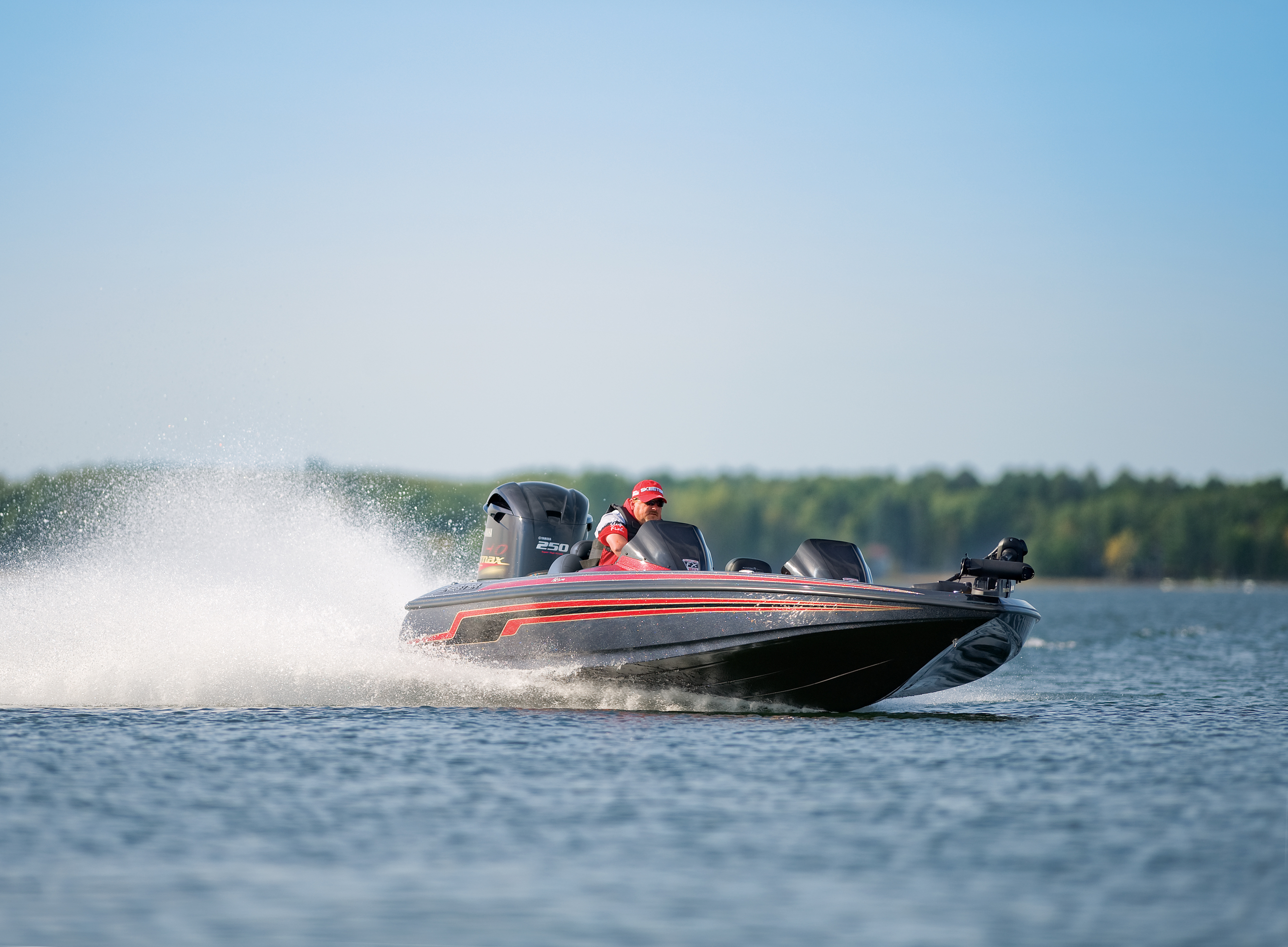2 Key Aspects of Stern drive Boat Maintenance

Sterndrives – or inboard/outboard drives, as they are also known – represent one of the most common forms
of marine propulsion. They can be found on a wide variety of boats, from smaller fishing vessels to full-size
yachts. Sterndrives have power systems located inside of the boat and drive units on the outside of your
hull.
Sterndrive systems have multiple advantages compared to both outboard and inboard systems, including
better horsepower, cleaner aesthetics, and ease of maneuvering in shallow waters. Yet in order to enjoy these
benefits, you must be proactive about keeping your sterndrive system in good working order.
Many people overlook the importance of sterndrive maintenance – often to their own detriment. If you would
like to learn more about what it takes to keep a sterndrive running strong, read on. This article will cover
two key aspects of sterndrive maintenance.
1. Oil Changes
Boats are just like cars in that their engines require oil in order to operate smoothly. Over time, that
oil will gradually break down, leading to less and less protection against friction. Contaminants will also
accumulate in the oil. These can wreak havoc on internal components if allowed to build up.
Therefore, you must be vigilant about replacing your sterndrive boat’s oil on a regular basis. What many
people don’t realize, however, is that you need to run your engine before draining the old oil. Ideally, the
engine should reach a temperature of at least 130 degrees Fahrenheit.
The higher temperature will loosen up the oil, which will help it flow more completely out of your engine,
ensuring a clean and complete a flush. And as the oil heats up and circulates through the engine, particles
of contaminants will become suspended in the oil so that when you drain the oil, more contaminants will flow
out with it.
2. Bellows Inspections
A stern drive propulsion system has both interior and exterior elements. This requires holes in your hull
so that the two parts of the system can connect to one another. As you can imagine, these holes must be
carefully sealed in order to prevent water from getting into your boat or into the drive system itself. This
task is accomplished by means of components known as bellows.
Bellows consist of thick, waterproof rubber. While quite hardy, they will begin to degrade as time goes
on. Eventually, they may become cracked and crumbled enough to allow water to start leaking through. However,
regular inspections can prevent this problem from occurring.
Your boat contains at least three different types of bellows. The first, known as a U-joint bellow,
provides protection to the U-joints. U-joint bellows also keep water out of the drift shaft running to the
engine coupler. Signs that your U-joint bellows may need to be replaced include visible signs of water in the
boat, or in the gear lube.
A faulty U-joint bellow may also result in odd gurgling noises at the back of your boat. You may notice
that such noises become more pronounced when you turn the boat hard. You may also notice signs of oil leaking
from the drive when your boat is in dry storage.
The second type of bellow is called a shift bellow. Its principal task involves keeping water out of your
boat. If you have noticed water on the floor of your boat, the shift bellow may be involved. Finally, the
last type of bellow, the exhaust bellow, functions as a means of routing exhaust gases through the drive
system.
A bad exhaust bellow won’t cause any serious problems, although it should still be replaced. For more
information about what it takes to keep your sterndrive boat performing at peak capacity, please don’t
hesitate to contact the boating experts at Petzold’s Marine
Center.
